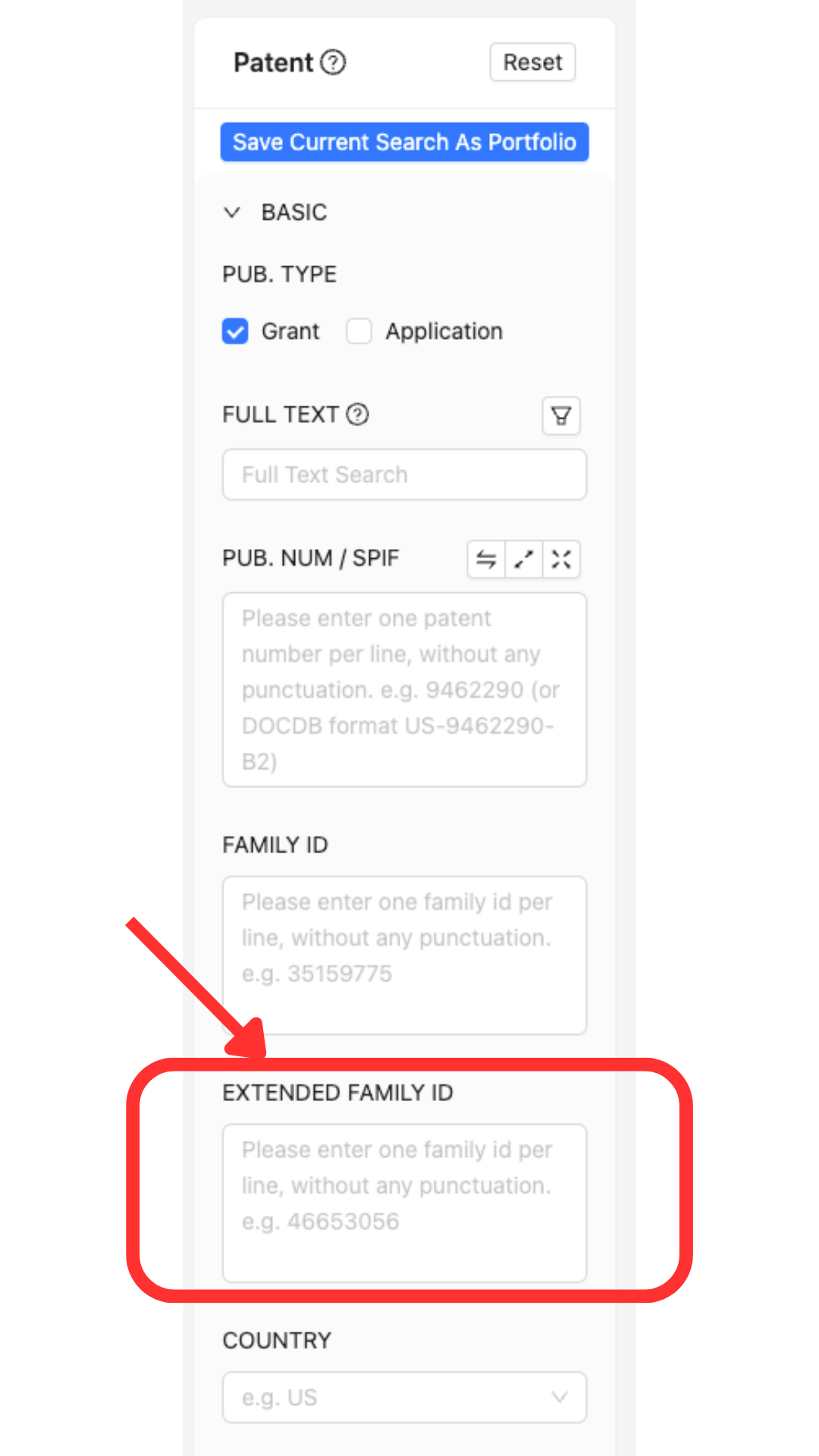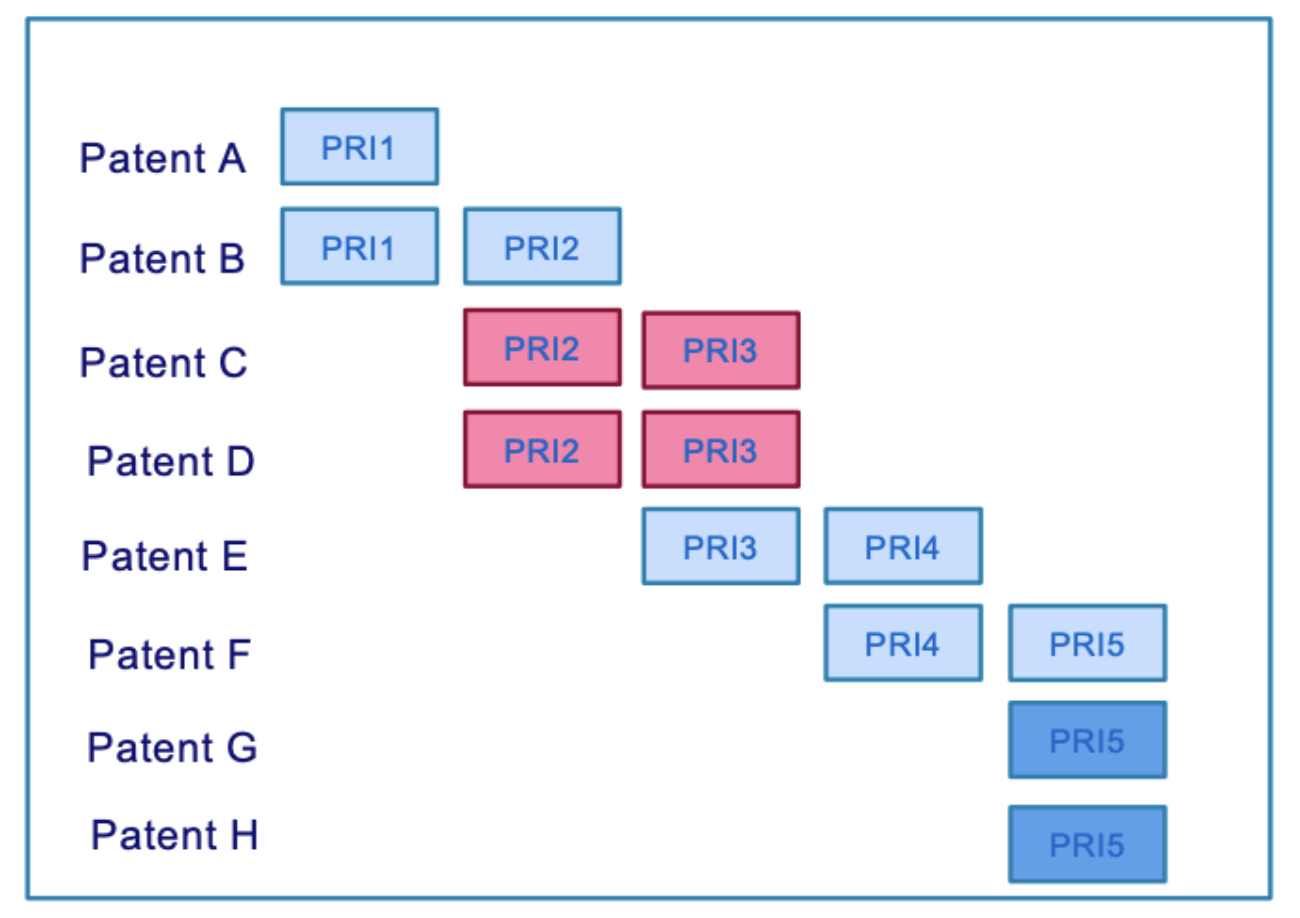Unified Patents, LLC secured approval from OpenAI for Zero Data Retention (ZDR) following an individual review process. ZDR removes OpenAI’s standard API log retention for our approved use cases. In parallel, our Gemini integrations on Google Cloud are configured for an equivalent zero-retention posture, including disabling context caching and avoiding features that store prompts or responses. These additional protections apply to Unified’s Portal tools: Pearl, Precision, and Ask Patty.
To our members, customers, and users in the legal community: we built these controls to reinforce the confidentiality. With these zero retention configurations, provider systems do not retain the prompts or outputs our tools send for approved endpoints and configurations—and neither provider uses our API data to train their models. These measures complement our internal safeguards and procedures designed to protect work product.
What this means for you
Zero provider-side retention by OpenAI: OpenAI does not retain inputs or outputs.
Gemini set to zero retention: Our Gemini integrations are configured to avoid provider retention (e.g., disabling context caching) and to exclude stored modes that could keep data.
No training on our business/API data: Our AI usage is implemented so that model providers do not use our prompts or responses to train their models.
Aligned with confidentiality: Our approach is designed to minimize provider-side exposure and help maintain the confidentiality of sensitive matters.












